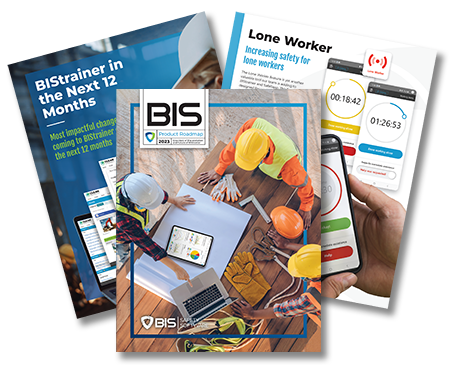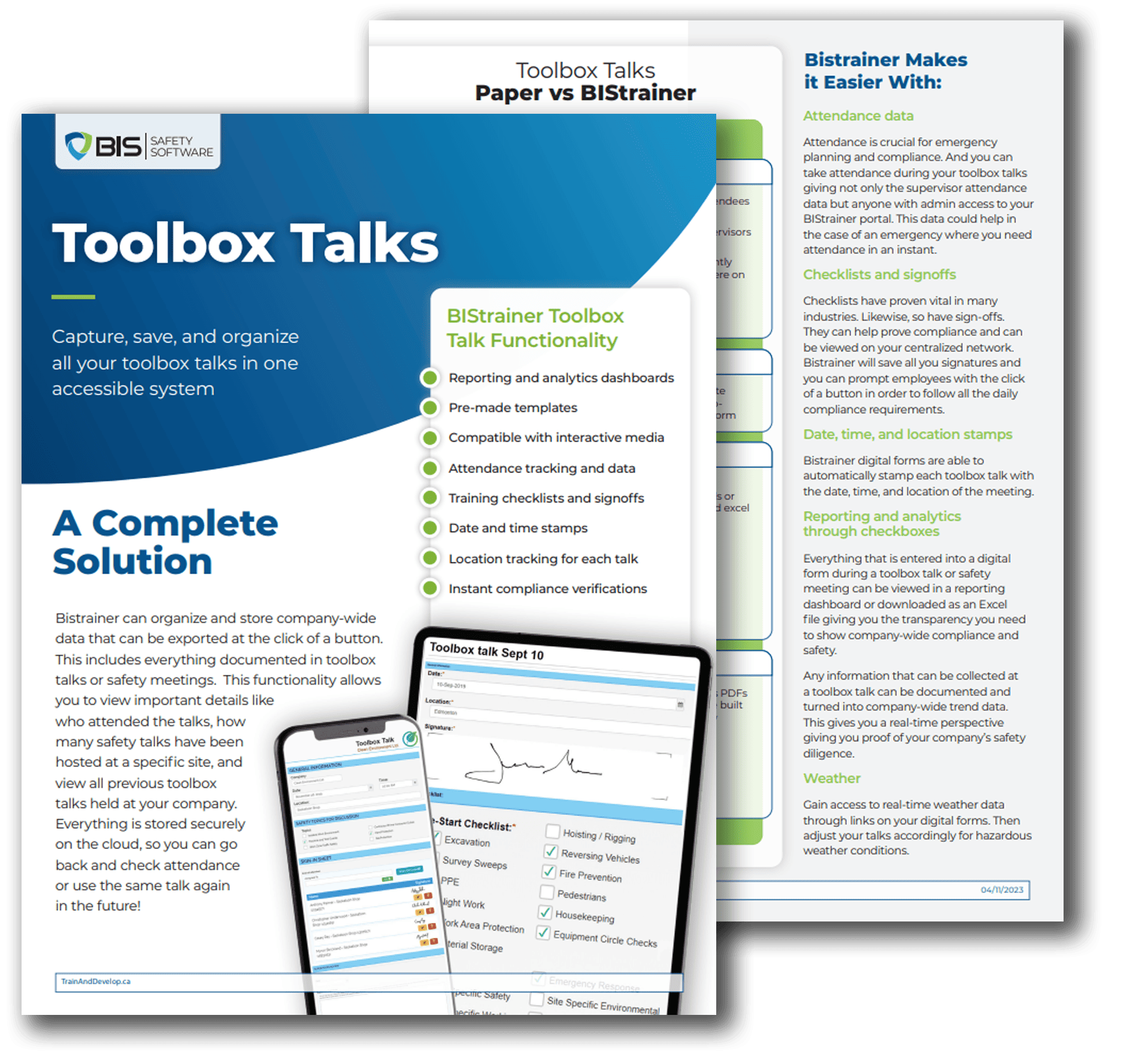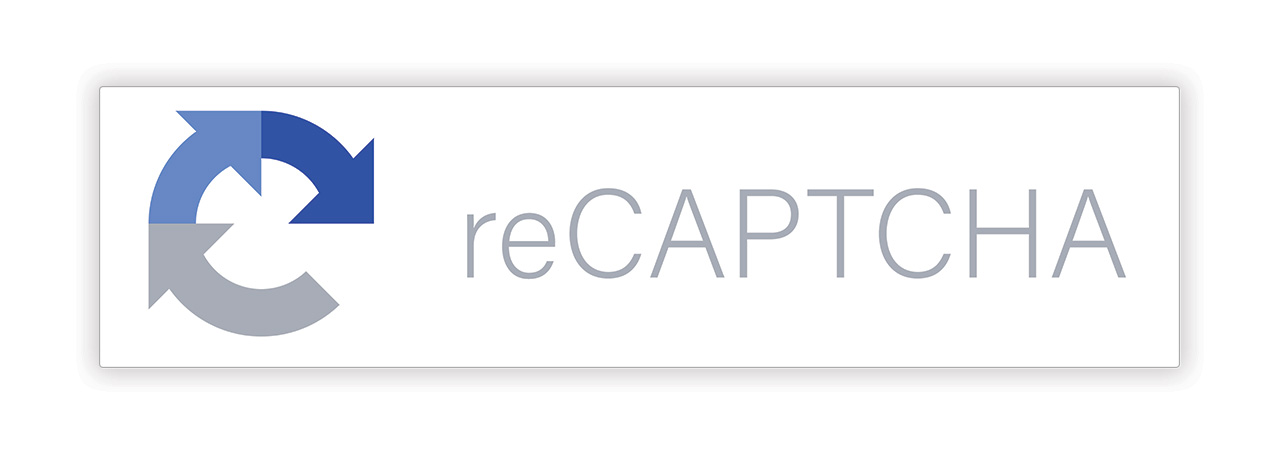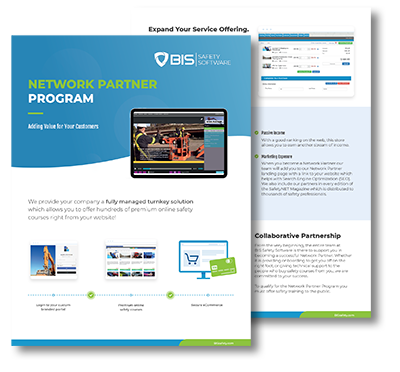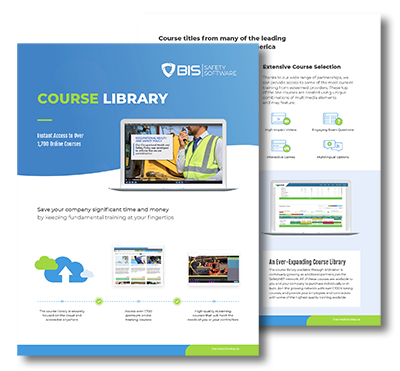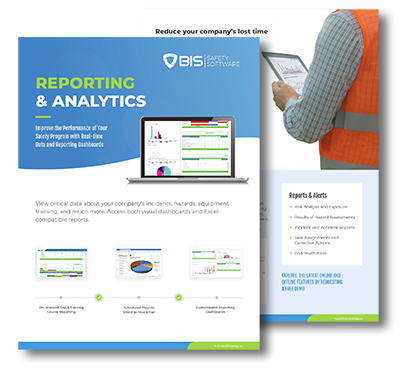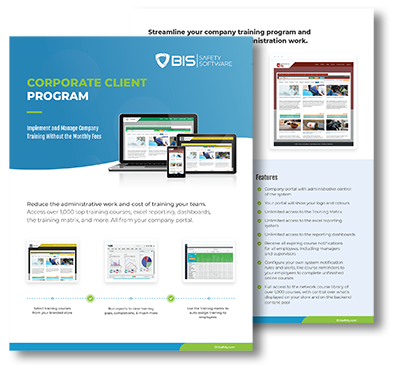Fatigue Management for Supervisors and Drivers Training
Fatigue Management for Supervisors and Drivers Training - Online Course
Driver fatigue is a serious safety issue, not only for drivers themselves but also for the general public. Since fatigue has a negative impact on alertness and attention, it can increase the risk of vehicle collisions.
According to the Canadian Council of Motor Transport Administrators (CCMTA), 20% of fatal collisions are related to driver fatigue.
Even when there are no accidents, driver fatigue has negative consequences like reduced productivity, absenteeism, and higher turnover. Ideally, all motor carriers should implement a fatigue management program.
The Fatigue Management for Supervisors and Drivers online course offers two options for participants: a Supervisor Fatigue Program and a Driver Fatigue Program. The course defines fatigue and how it affects drivers while discussing prevention and mitigation strategies.
How Fatigue Affects the Canadian Transportation Industry
As mentioned above, the CCMTA found that driver fatigue is involved in 20% of fatal collisions. 60% of Canadians admit they have experienced driving fatigue, and 20% admit they have actually fallen asleep while driving. Fatigue-related accidents can happen at any time of the day, but most are reported between midnight and 6:00 AM, and between 2:00 and 4:00 PM.
In Canada, the Commercial Vehicle Drivers Hours of Service Regulations (HOS) help prevent fatigue. These regulations are part of the Motor Vehicle Transport Act, and they are legally enforced. Resisting fatigue to drive as much as possible is dangerous and ineffective, and regulations exist to prevent this behavior.
The CCMTA found that most commercial vehicle crashes are related to recognition and decision errors, and driver fatigue increases the risk of both.
- Recognition errors are those that involve a lack of attention. They can be caused by fatigue, but also by other distractions.
- Decision errors are related to driver behaviors such as speeding.
While the HOS regulations can help prevent accidents, they also have limitations. Motor carriers can use tamper-proof equipment to track driving time, ensuring that the maximum daily hours are not exceeded.
The North American Fatigue Management Program (NAFMP) has been a collaborative effort between Canada and the USA, which complements the hours of service regulations. The NAFMP focuses on the following aspects:
- Creating an organizational culture that helps reduce driver fatigue.
- Providing fatigue management education and training.
- Creating awareness about sleep disorders, and how they are identified and treated.
- Overview of the driver and trip scheduling
The main goals of the NAFMP are reducing driver fatigue, improving quality of life for drivers, and lowering the frequency and cost of fatigue-related accidents.
Importance of Driver Awareness in Fatigue Prevention
Fatigue prevention starts before a trip: drivers must get enough rest while having eating habits and lifestyle choices that help prevent fatigue. Once a trip is started, there are few measures available against fatigue.
Drivers should also recognize the early signs of fatigue, such as mood fluctuations and boredom. Even if a driver is not feeling drowsy, these mental states have a negative impact on attention. Fatigue is more likely during activities that require sustained attention, especially repetitive tasks like driving. According to the Shell Canada Road Transport Forum, 75% of fatigue-related accidents involve a single vehicle that drifts off, while only 25% involve a collision.

Course Topics
The Fatigue Management for Supervisors and Drivers online course covers the topics below:
- Potential consequences of driving with drowsiness
- Legal aspects of fatigue
- Definition of fatigue
- Understanding sleep
- How to recognize fatigue
- Strategies to manage fatigue:
- Effective strategies
- Strategies with a minimal or short-term effect
- Strategies that are not effective
- Strategies at the organizational level
- Your responsibilities
This training program was developed by Dr. Randy Flemmer, a recognized expert with over 30 years of experience in driver education and commercial fleet safety.
Universally Compatible

Duration
Average Completion Time
Completion times vary depending on the number of times the information is viewed prior to finishing the course. The average completion time is 2 hours.

Testing
Knowledge Assessment
Testing is conducted in this online course to reinforce the information presented. You are provided three opportunities to achieve a passing mark of 80% or greater.

Certificate
Certificate of Completion
Upon successful completion of this course, a certificate will be available to download and print. You can access your certificate through your online account.





















